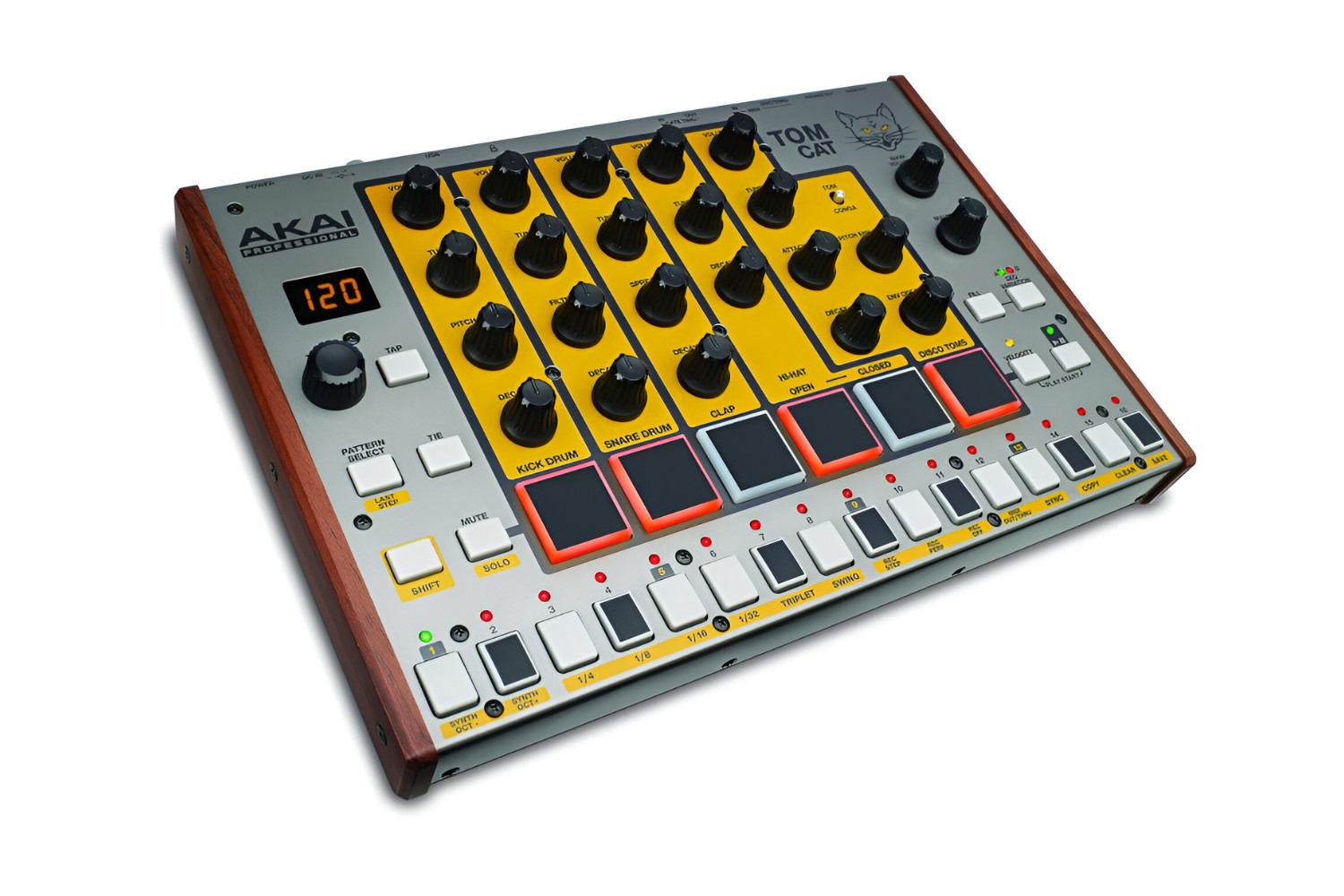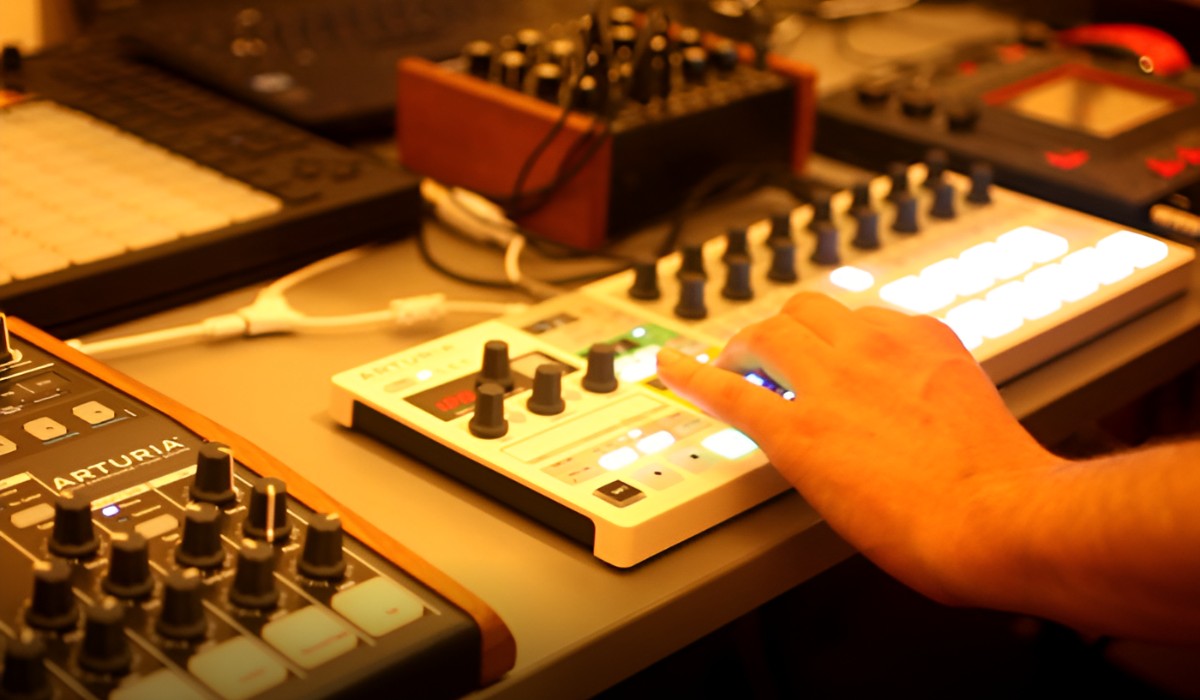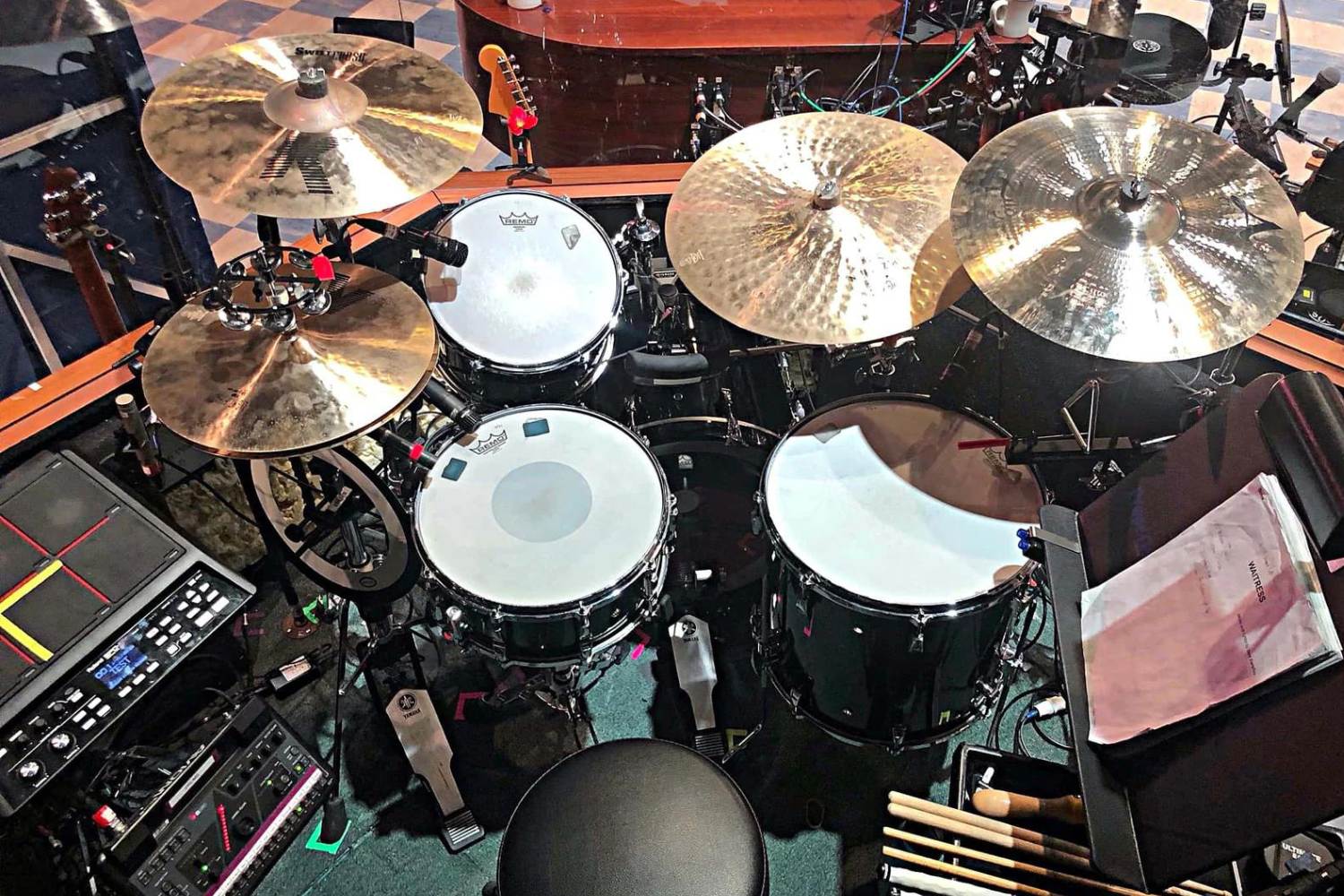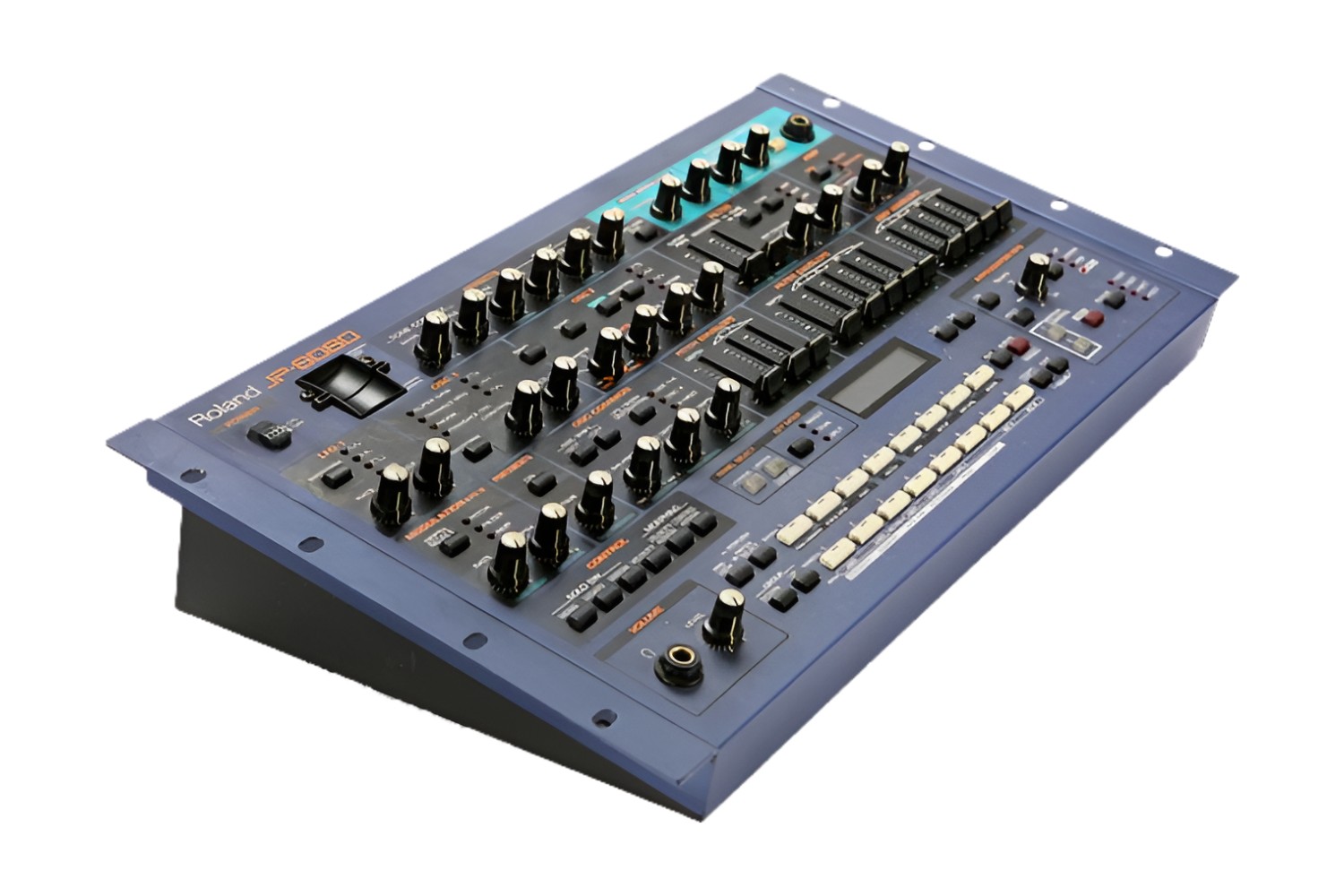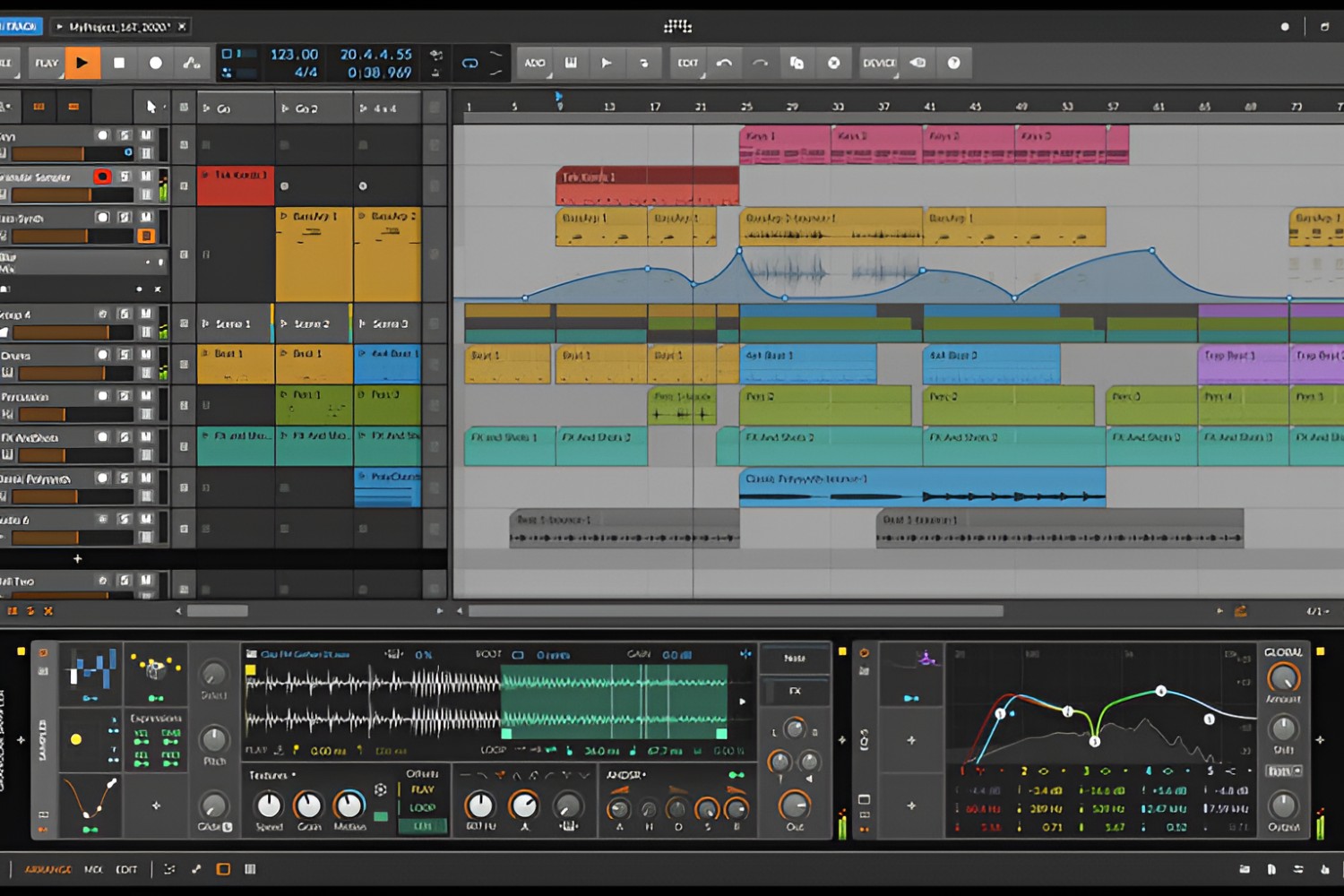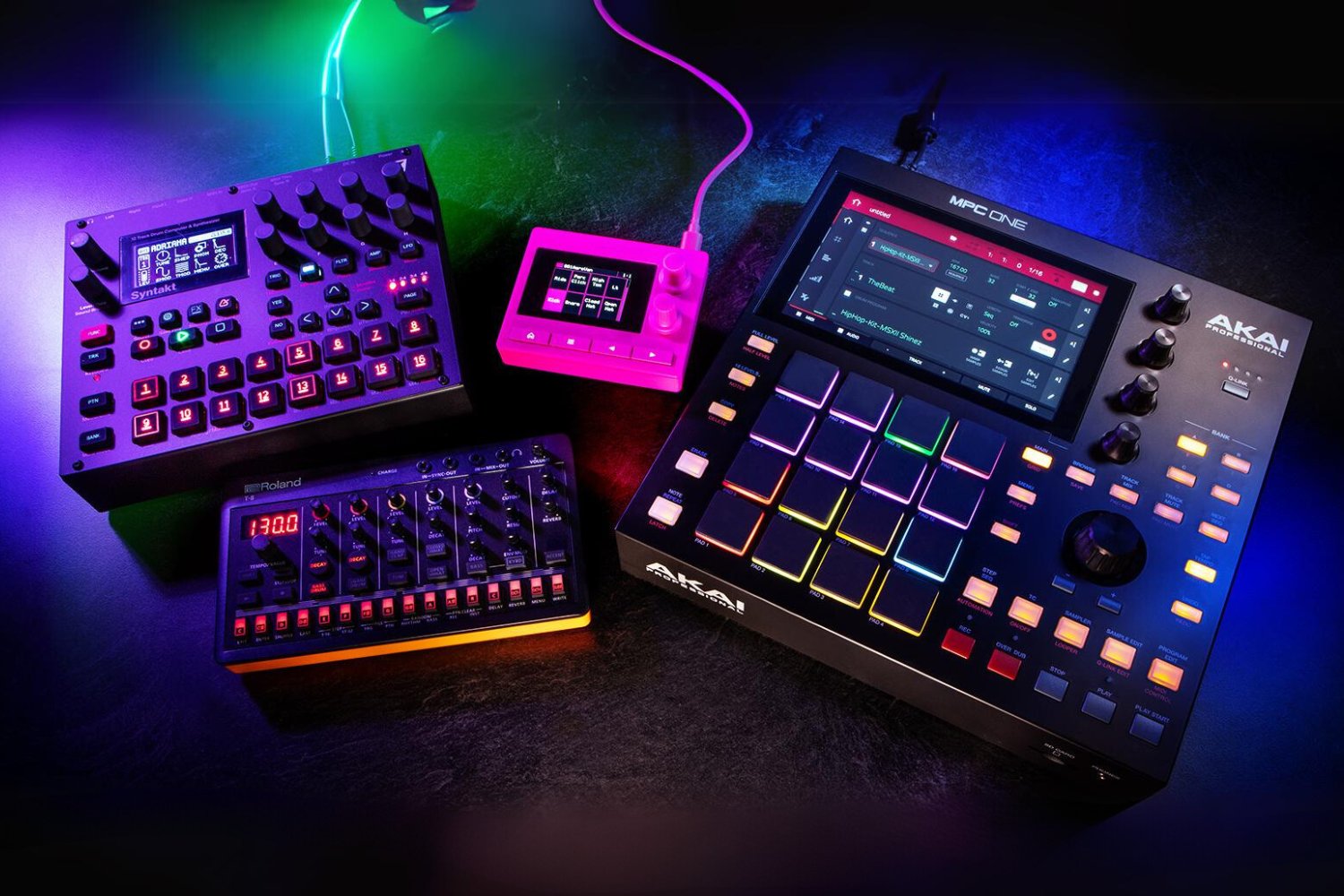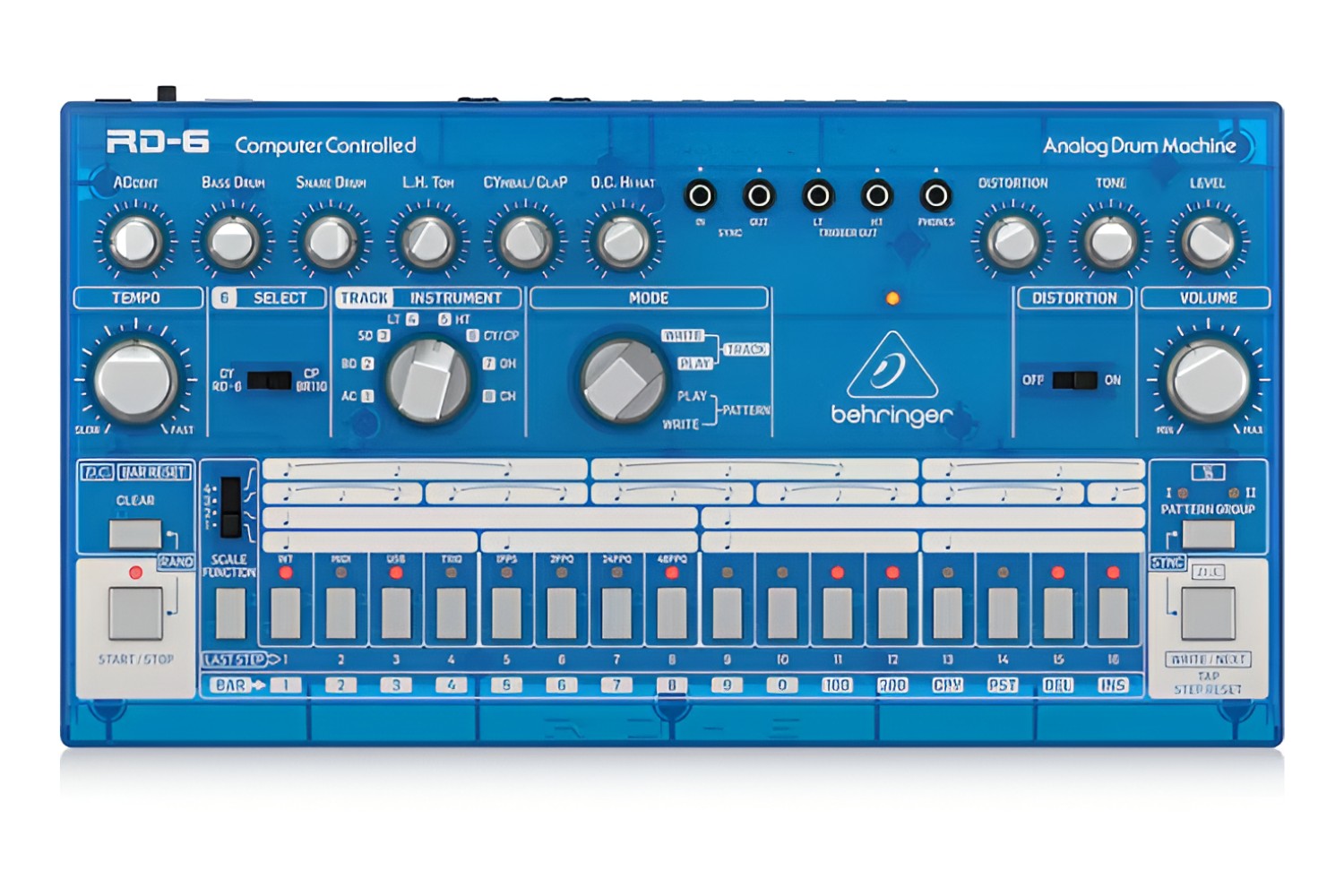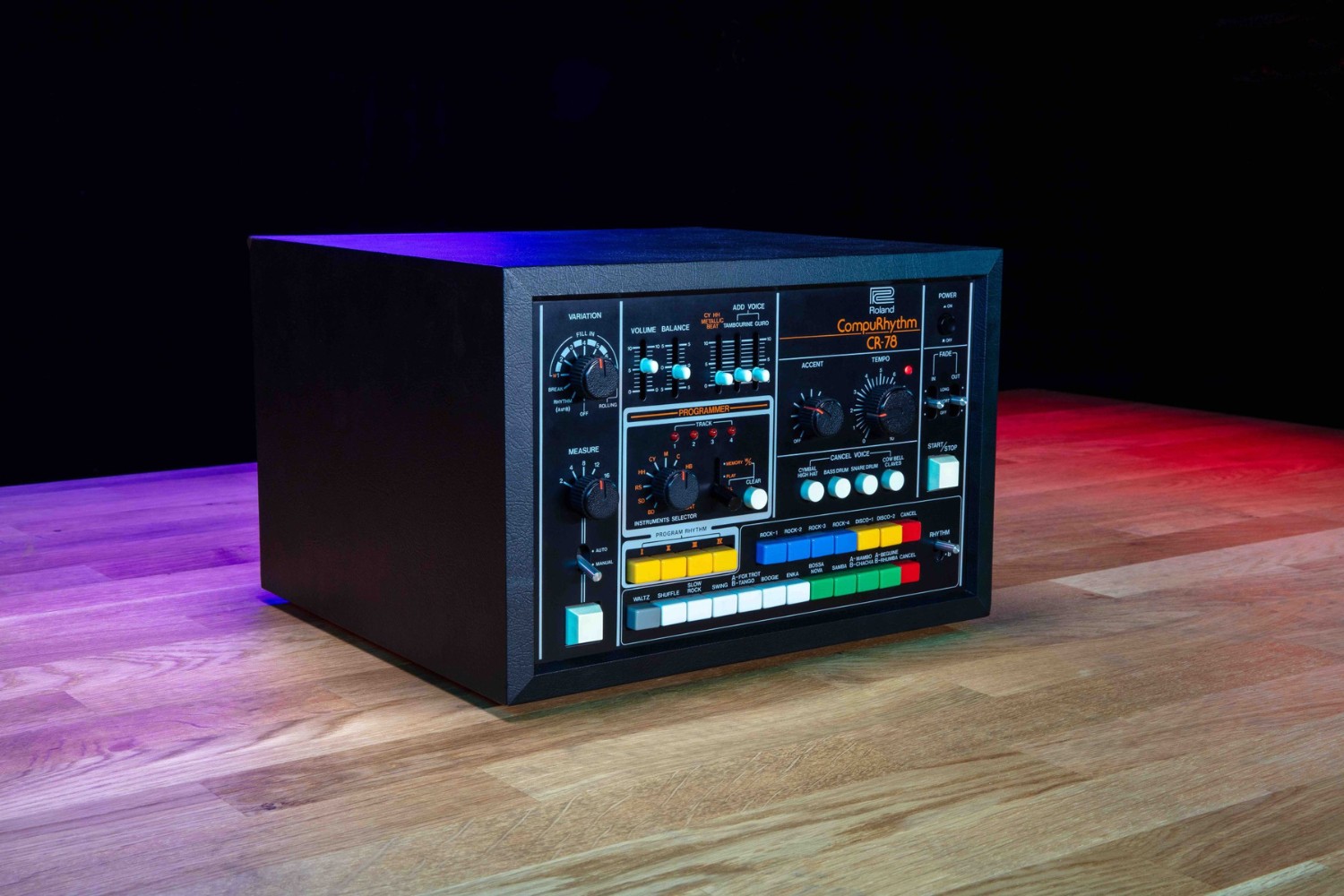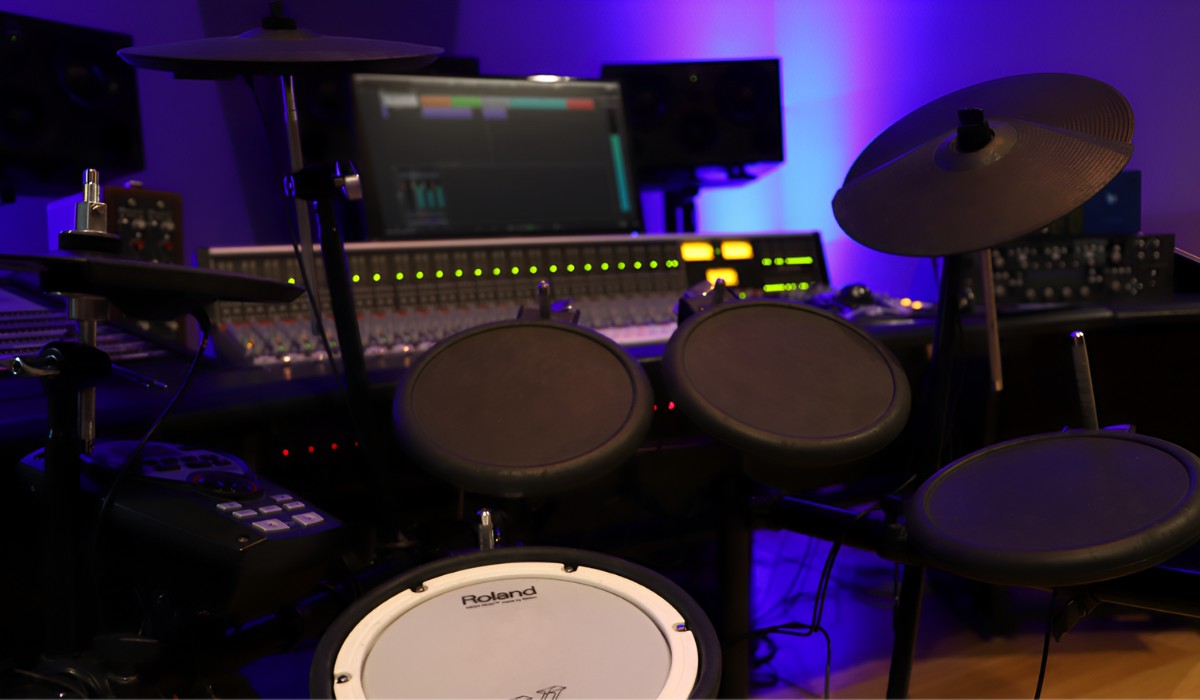Introduction
Analog drum machines have been pivotal in shaping the landscape of modern music production. These iconic devices have left an indelible mark on various music genres, from electronic and hip-hop to pop and rock. By delving into the history, sound generation, sequencing, connectivity, live performance capabilities, and sound manipulation and effects of analog drum machines, we can uncover the myriad ways in which they have revolutionized music creation.
Analog drum machines, often hailed as the heartbeat of electronic music, have a rich and storied legacy. They have played a crucial role in defining the rhythmic backbone of countless tracks, infusing them with character and groove. The allure of analog drum machines lies in their ability to produce warm, organic, and often gritty percussive sounds that resonate with musicians and listeners alike. These machines have not only stood the test of time but have also experienced a robust resurgence in the digital age, reaffirming their enduring relevance in contemporary music production.
The journey of analog drum machines is a captivating narrative that unfolds against the backdrop of technological innovation and artistic expression. From their inception to their modern-day iterations, these machines have continually evolved, adapting to the changing needs of musicians while retaining their distinct sonic identity. As we explore the inner workings and capabilities of analog drum machines, we will gain a deeper appreciation for their enduring impact on music creation and performance.
History of Analog Drum Machines
The history of analog drum machines is a captivating chronicle that unfolds against the backdrop of technological innovation and musical evolution. The roots of these iconic instruments can be traced back to the mid-20th century, a time marked by groundbreaking advancements in electronic music technology. The emergence of analog drum machines can be viewed as a response to the growing need for rhythmic accompaniment in musical compositions, offering a compact and versatile solution for generating percussive sounds.
One of the earliest analog drum machines, the Wurlitzer Sideman, made its debut in the late 1950s, paving the way for a new era of electronic rhythm production. This pioneering device utilized vacuum tube technology to generate a diverse array of drum and percussion sounds, laying the groundwork for subsequent innovations in the realm of electronic music instrumentation.
Throughout the 1970s and 1980s, the popularity of analog drum machines surged, driven by the burgeoning electronic music movement and the desire for more portable and programmable rhythm accompaniment. Iconic models such as the Roland TR-808 and TR-909 became emblematic of this era, leaving an indelible imprint on the sonic landscape of popular music. These machines not only shaped the sound of genres like hip-hop, techno, and house but also became coveted tools for producers and musicians seeking to infuse their compositions with distinctive rhythmic character.
While the advent of digital technology ushered in a new wave of drum machines with expanded capabilities, the allure of analog circuitry and the unmistakable warmth of analog sound ensured the enduring relevance of analog drum machines. Today, a renaissance of interest in vintage drum machines has sparked a renewed appreciation for their unique sonic qualities, inspiring a new generation of musicians and producers to explore the rich history and sonic possibilities of these iconic instruments.
Sound Generation
The sound generation process in analog drum machines is a testament to the ingenuity of early electronic instrument designers and the enduring appeal of analog circuitry. Unlike their digital counterparts, which rely on sample playback and processing, analog drum machines produce sounds through the manipulation of electrical signals generated by oscillators, filters, and envelopes. This analog approach imbues the resulting sounds with a distinctive warmth, character, and organic quality that has cemented their status as coveted sonic tools.
At the heart of analog drum machines are analog sound generators, typically in the form of oscillators and noise generators. These components are responsible for producing the raw waveforms that form the basis of percussive sounds such as kick drums, snares, hi-hats, and cymbals. By modulating the frequency, amplitude, and timbre of these waveforms, analog drum machines can create a diverse palette of sonic textures, from punchy and resonant kicks to crisp and shimmering cymbals.
Crucial to shaping the sonic characteristics of the generated sounds are the analog filters and envelopes employed in analog drum machines. Filters allow for the sculpting of tonal qualities, enabling the attenuation or accentuation of specific frequency ranges to achieve desired timbres and textures. Envelopes, on the other hand, govern the evolution of sound over time, dictating parameters such as attack, decay, sustain, and release. Through the intricate interplay of these components, analog drum machines can produce dynamic and expressive percussive sounds that resonate with depth and nuance.
Furthermore, the inherent variability and imperfections of analog circuitry contribute to the idiosyncratic nature of analog drum machine sounds. Analog components exhibit subtle variations in behavior, resulting in sonic nuances and irregularities that impart a human-like quality to the generated sounds. This inherent unpredictability adds a layer of organic charm and liveliness to the rhythmic elements produced by analog drum machines, endearing them to musicians and producers seeking to infuse their compositions with character and personality.
Sequencing and Programming
Sequencing and programming capabilities lie at the core of the functionality of analog drum machines, empowering musicians and producers to craft intricate and compelling rhythmic compositions with precision and creativity. These machines offer intuitive interfaces and versatile sequencing methods that allow users to arrange and manipulate drum patterns, providing a fertile ground for musical experimentation and innovation.
One of the defining features of analog drum machines is their step sequencers, which enable users to program rhythmic patterns by inputting steps or beats across a grid-like interface. This approach to sequencing, characterized by its visual and grid-based nature, grants users granular control over the timing and placement of individual drum hits, facilitating the creation of diverse and intricate rhythmic arrangements. Additionally, the step-based nature of analog drum machine sequencing encourages a hands-on and tactile approach to rhythm programming, fostering a direct and immediate connection between the user and the rhythmic elements being crafted.
Moreover, the programming capabilities of analog drum machines extend beyond basic pattern sequencing, often incorporating features such as pattern chaining, song mode, and real-time recording. Pattern chaining allows for the creation of longer and more elaborate compositions by linking together multiple patterns, enabling seamless transitions and evolving arrangements. Song mode functionality permits the organization of patterns into cohesive musical structures, empowering users to construct entire tracks with varying sections and dynamics. Real-time recording capabilities further enhance the expressive potential of analog drum machines, enabling users to capture spontaneous and improvisational rhythmic performances with fluidity and nuance.
As technology has advanced, modern analog drum machines have embraced additional programming features, including parameter automation, probability sequencing, and pattern variations. These advancements expand the creative horizons of users, offering tools for dynamic sound manipulation, randomized pattern generation, and evolving rhythmic motifs. The integration of these advanced programming capabilities equips musicians and producers with a versatile and dynamic platform for crafting rhythmically compelling compositions across diverse musical genres.
Connectivity and Integration
Connectivity and integration capabilities are integral facets of analog drum machines, facilitating seamless interaction with other musical equipment and enabling versatile integration within diverse studio and live performance setups. These machines are designed to interface with a wide array of audio and MIDI devices, offering expansive connectivity options that empower users to harness their creative potential and expand their sonic palette.
Analog drum machines often feature a comprehensive suite of connectivity ports, including audio outputs for individual drum voices, master outputs, and auxiliary inputs. This robust connectivity allows for flexible routing and processing of drum sounds, enabling users to apply external effects, mix individual drum voices independently, and integrate the machine within complex signal chains. The availability of individual outputs for each drum voice affords precise control over the processing and manipulation of individual percussive elements, empowering users to sculpt and shape their sonic characteristics with precision.
Furthermore, the integration of MIDI connectivity in analog drum machines enhances their interoperability with external MIDI-equipped instruments, controllers, and sequencers. MIDI input and output ports enable synchronization with external MIDI devices, facilitating the seamless integration of analog drum machines within larger MIDI setups and enabling synchronized playback and control across multiple instruments and devices. This interoperability fosters a cohesive and interconnected musical ecosystem, allowing for the creation of intricate and synchronized rhythmic arrangements that transcend the capabilities of standalone instruments.
Additionally, the advent of USB connectivity in modern analog drum machines has expanded their integration capabilities, enabling direct communication with computers, software-based music production environments, and external MIDI controllers. USB connectivity facilitates seamless data transfer, firmware updates, and real-time MIDI communication, streamlining the integration of analog drum machines within computer-based music production workflows and live performance setups.
Moreover, the inclusion of synchronization options such as analog clock inputs and outputs further enhances the connectivity and integration capabilities of analog drum machines, allowing for synchronization with modular synthesizers, drum modules, and other analog gear. This synchronization capability fosters a cohesive and harmonized musical ecosystem, enabling the seamless integration of analog drum machines within modular and analog synthesizer setups, live performance rigs, and studio environments.
Live Performance Capabilities
Analog drum machines are revered for their exceptional live performance capabilities, offering musicians and performers a versatile and expressive tool for creating compelling rhythmic foundations in real-time settings. These machines are designed to deliver seamless and intuitive performance experiences, empowering artists to craft dynamic and engaging rhythmic arrangements on stage and in live production environments.
One of the key attributes that endears analog drum machines to live performers is their tactile and hands-on interface, which invites spontaneous and expressive manipulation of rhythmic elements. The physical controls and intuitive layout of these machines facilitate immediate and responsive interaction, allowing performers to craft evolving and dynamic rhythmic patterns with fluidity and precision. This tactile engagement fosters a palpable connection between the performer and the rhythmic elements being generated, enhancing the immersive and expressive nature of live performances.
Furthermore, the incorporation of performance-oriented features such as real-time parameter control, pattern switching, and dynamic sound manipulation tools equips analog drum machines with the versatility and flexibility required for captivating live performances. Real-time parameter control enables performers to modulate and manipulate drum sounds on the fly, infusing performances with expressive nuances and dynamic variations. The ability to switch between patterns and sequences in real time empowers performers to shape the trajectory of their performances, seamlessly transitioning between different rhythmic motifs and arrangements to captivate audiences and drive the energy of live sets.
Moreover, the integration of performance effects and sound manipulation tools within analog drum machines augments their live performance capabilities, offering performers a diverse sonic palette for crafting engaging and immersive rhythmic experiences. Features such as built-in effects, performance macros, and dynamic modulation capabilities enable performers to sculpt and shape drum sounds in real time, adding depth, texture, and sonic intrigue to live performances. These performance-oriented tools empower artists to imbue their live sets with a distinct sonic identity and creative flair, elevating the impact and memorability of their performances.
Additionally, the synchronization and integration capabilities of analog drum machines make them ideal companions for live performance setups, allowing for seamless integration with other instruments, sequencers, and modular gear. The ability to synchronize with external devices and maintain tight rhythmic cohesion within complex performance rigs ensures that analog drum machines seamlessly integrate into diverse live production environments, providing a reliable and versatile rhythmic backbone for live performances.
Sound Manipulation and Effects
Analog drum machines offer a rich tapestry of sound manipulation and effects, empowering musicians and producers to sculpt and shape percussive elements with expressive control and sonic finesse. These machines are equipped with an array of sound-shaping tools, modulation capabilities, and integrated effects that bestow users with a versatile sonic palette for crafting compelling rhythmic textures and sonic landscapes.
At the core of sound manipulation in analog drum machines lies the presence of comprehensive sound-shaping parameters, including tuning, decay, pitch modulation, and filtering options for individual drum voices. These parameters afford users the flexibility to tailor the tonal characteristics, decay profiles, and timbral nuances of each drum sound, enabling the creation of diverse and evocative percussive textures. The ability to finely adjust these parameters imbues users with precise control over the sonic identity of individual drum voices, facilitating the crafting of cohesive and expressive rhythmic arrangements.
Furthermore, analog drum machines often incorporate built-in effects such as distortion, compression, and modulation effects, enhancing their sonic versatility and expressive potential. These effects can be applied to individual drum voices or the overall mix, allowing users to infuse their rhythmic compositions with character, depth, and sonic intrigue. The integration of effects within analog drum machines empowers users to imbue their drum sounds with a distinct and evocative sonic fingerprint, elevating the expressiveness and impact of their rhythmic creations.
Modulation capabilities form another pivotal aspect of sound manipulation in analog drum machines, offering users the means to imbue their drum sounds with dynamic movement and evolving textures. LFOs (Low-Frequency Oscillators), envelope modulation, and dynamic parameter modulation enable users to introduce rhythmic variations, tonal shifts, and expressive timbral transformations to their drum sounds. These modulation capabilities infuse rhythmic compositions with fluidity, depth, and sonic animation, adding a layer of dynamic expressiveness to the percussive elements generated by analog drum machines.
Moreover, the integration of performance macros and dynamic modulation controls within analog drum machines empowers users to introduce expressive and real-time sonic manipulations to their rhythmic creations. Performance macros allow for the simultaneous manipulation of multiple sound parameters with a single control, facilitating expressive and dramatic sonic shifts during live performances and studio productions. Dynamic modulation controls, such as velocity sensitivity and aftertouch, enable users to infuse their drum performances with nuanced and responsive sonic expressions, adding a layer of human-like subtlety and emotive depth to their rhythmic arrangements.







